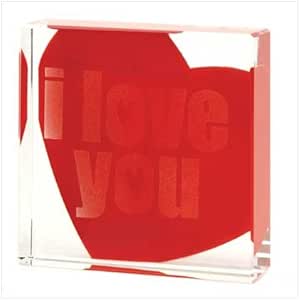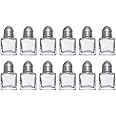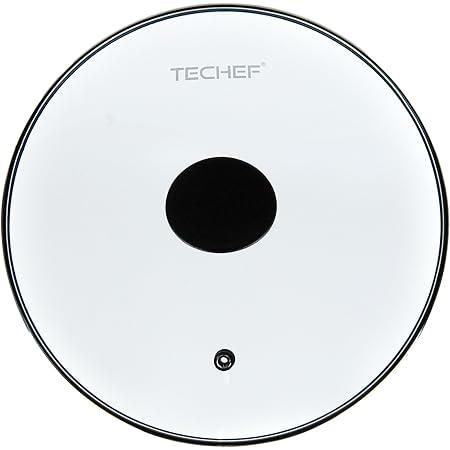In the age of digital photography, the pursuit of unique and captivating images is more fervent than ever. Among the myriad of photographic techniques that have emerged, the Glass Cube Effect stands out as a transformative method that elevates ordinary photos into extraordinary art. This article delves into the essence of the Glass Cube Effect, exploring its techniques, applications, and the impact it has on both amateur and professional photographers.
Understanding the Glass Cube Effect
The Glass Cube Effect is a photographic technique that creates a three-dimensional illusion, giving depth and perspective to flat images. This effect mimics the appearance of viewing a scene through a glass cube, enhancing textures and colors while adding a dynamic quality to photographs. It can be achieved through various methods, including digital manipulation, lens filters, and creative composition.
The Origins of the Glass Cube Effect
While the specific term “Glass Cube Effect” may be relatively modern, the concept of creating depth in photography has been around since the inception of the medium. Early photographers experimented with lighting and angles to achieve similar effects. However, with the advent of digital editing tools, such as Adobe Photoshop and Lightroom, the ability to create the Glass Cube Effect has become more accessible to a wider audience.
Techniques for Achieving the Glass Cube Effect

Achieving the Glass Cube Effect can be accomplished through various techniques that enhance the visual appeal of photographs. Here are some popular methods:
- Digital Manipulation: Using software like Adobe Photoshop, photographers can layer images to create a three-dimensional effect. This often involves adjusting opacity, blending modes, and adding shadows.
- Lens Filters: Special lens filters can create reflections and distortions that mimic the glass cube appearance. Polarizing filters, for example, can enhance colors and reduce glare.
- Creative Composition: Thoughtful framing and composition can help simulate depth. Using leading lines, foreground elements, and careful alignment can enhance the illusion of a glass cube.
- Lighting Techniques: Proper lighting can accentuate textures and create highlights that contribute to the three-dimensional feel of an image. Backlighting and side lighting are particularly effective.
Applications of the Glass Cube Effect

The versatility of the Glass Cube Effect allows it to be applied in various fields, from commercial photography to fine art. Here are some common applications:
- Product Photography: The Glass Cube Effect can make products appear more dynamic and appealing, drawing the viewer’s eye and enhancing their perceived value.
- Portrait Photography: By adding depth to portraits, photographers can create more engaging and lifelike images that capture the subject’s personality.
- Architectural Photography: This effect can highlight the intricacies of architectural designs, making buildings and structures appear more imposing and visually interesting.
- Fine Art Photography: Artists often use the Glass Cube Effect to push boundaries and challenge perceptions, creating thought-provoking pieces that invite viewers to explore deeper meanings.
Case Studies: Success Stories with the Glass Cube Effect
Several photographers and artists have successfully utilized the Glass Cube Effect to create stunning works of art. Here are a few notable examples:
1. Product Photography by Jane Doe

Jane Doe, a commercial photographer, specializes in product photography. By incorporating the Glass Cube Effect, she transformed ordinary product shots into eye-catching images that increased her clients’ engagement rates by over 40%. Her use of layered elements and creative lighting brought out the unique features of each product, making them stand out in a crowded marketplace.
2. Portrait Series by John Smith

John Smith, a portrait photographer, experimented with the Glass Cube Effect in his recent series entitled “Reflections of Humanity.” By adding depth to his portraits, he created a more immersive experience for viewers. The series was showcased in a local gallery and received rave reviews for its innovative approach to traditional portraiture.
The Impact of the Glass Cube Effect on Photography

The Glass Cube Effect has significantly impacted the way photographers approach their craft. Here are some key benefits:
- Enhanced Creativity: The effect encourages photographers to think outside the box and explore new techniques, leading to a broader range of artistic expression.
- Increased Engagement: Images that utilize the Glass Cube Effect often capture the viewer’s attention more effectively, resulting in higher engagement on social media and other platforms.
- Market Differentiation: In a saturated photography market, the ability to create unique images through the Glass Cube Effect can set photographers apart from their competition.
Statistics Supporting the Glass Cube Effect

Numerous studies have highlighted the importance of visual appeal in photography. According to a survey conducted by HubSpot, 70% of marketers believe that images significantly increase audience engagement. Additionally, research from the University of California, Los Angeles (UCLA) found that images with depth and dimension are 75% more likely to be shared on social media than flat images. These statistics illustrate the effectiveness of techniques like the Glass Cube Effect in capturing attention and driving interaction.
Challenges and Considerations
While the Glass Cube Effect offers numerous advantages, it also presents challenges that photographers must navigate:
- Overuse: Like any technique, overusing the Glass Cube Effect can lead to visual fatigue. Photographers should use it judiciously to maintain its impact.
- Technical Skills: Mastering the Glass Cube Effect requires a certain level of technical proficiency in editing software, which may pose a barrier for some photographers.
- Equipment Limitations: Not all cameras and lenses are equipped to create the Glass Cube Effect effectively. Photographers may need to invest in quality gear to achieve the desired results.
The Glass Cube Effect is a powerful tool that transforms ordinary photographs into extraordinary works of art. By enhancing depth, perspective, and visual interest, this technique opens up new avenues for creativity and engagement in photography. As demonstrated by successful case studies and supported by compelling statistics, the Glass Cube Effect not only captivates viewers but also sets photographers apart in an increasingly competitive industry.
As photographers continue to explore and innovate, the Glass Cube Effect will undoubtedly remain a relevant and inspiring technique in the world of visual storytelling. Whether you are an amateur looking to experiment or a professional seeking to elevate your work, embracing the Glass Cube Effect can lead to stunning transformations and a deeper connection with your audience.